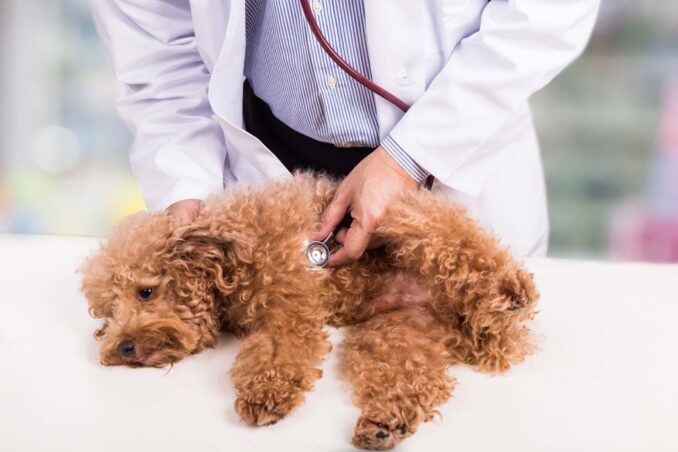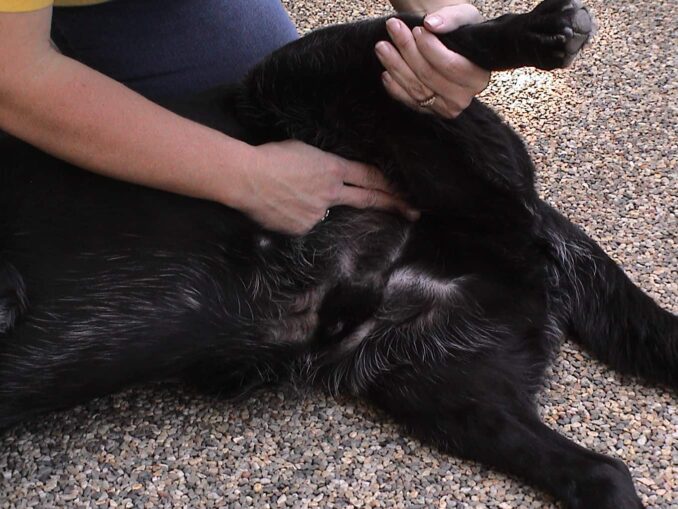Did you know that around 70% of American households own a pet? The most popular pets in the United States are dogs, and approximately 69 million households own one.
Having a pet dog can make you feel less lonely, help you get more exercise, and help you deal with stress. While there are many benefits to owning a dog, health emergencies can be terrifying.
If your dog is having an emergency, it may need CPR. Are you wondering when you should perform CPR on dogs? Keep reading to learn when to give your dog CPR.
Your Dog Isn’t Breathing

Source: wagwalking.com
One of the first signs that you need to perform CPR on your dog is if it isn’t breathing. To check if your dog is breathing, look at its chest to see if it is rising and falling.
If its chest is not moving, place your hand or cheek near your dog’s nose to check for airflow. If you notice your dog’s chest moving and air coming out of its nose, there is no need to do CPR.
For dogs that are unconscious but breathing, take them to the closest emergency vet instead. If your dog isn’t breathing, there is no time to wait, and you should consider performing CPR.
If you are wondering, “can I give a dog CPR,” it’s best to get certified ahead of time so that you are prepared during an emergency. MyCPR NOW’s Pet First Aid certification allows you to perform CPR on pets.
Your Dog Has No Pulse

Source: gopetfriendly.com
Another sign that you need to perform CPR on your dog is if it doesn’t have a pulse. To find a dog’s pulse, place them on its side and line up its elbow with its chest.
Place your fingers where its elbow meets its chest, and check for a heartbeat. You also can check the femoral artery located on its thigh.
If your dog is not breathing, but you can find a pulse, you may be able to perform artificial respiration instead of CPR. If your dog isn’t breathing and there is no pulse, consider performing CPR.
There Is No Blockage
Before you do CPR on your dog, always check to make sure there isn’t a blockage. If your dog is not breathing because of a blockage, CPR will be less effective.
To check for a blockage, pull your dog’s tongue out as far as possible and look for objects in the throat. If you see an object, carefully try to remove it with your hand.
If the object isn’t moving or your dog tries to bite you, consider using the Heimlich maneuver instead. If your dog isn’t breathing after removing the obstruction, it may be best to start CPR.
Now You Know When to Do CPR on Dogs

Source: dogtime.com
If your dog is having a medical emergency, performing CPR may be enough to save your dog’s life. Some of the most common signs you need to do CPR on dogs include not breaking, no pulse, and no blockage.
Was this article on first aid for dogs helpful? If so, check out our blog for more tips.





